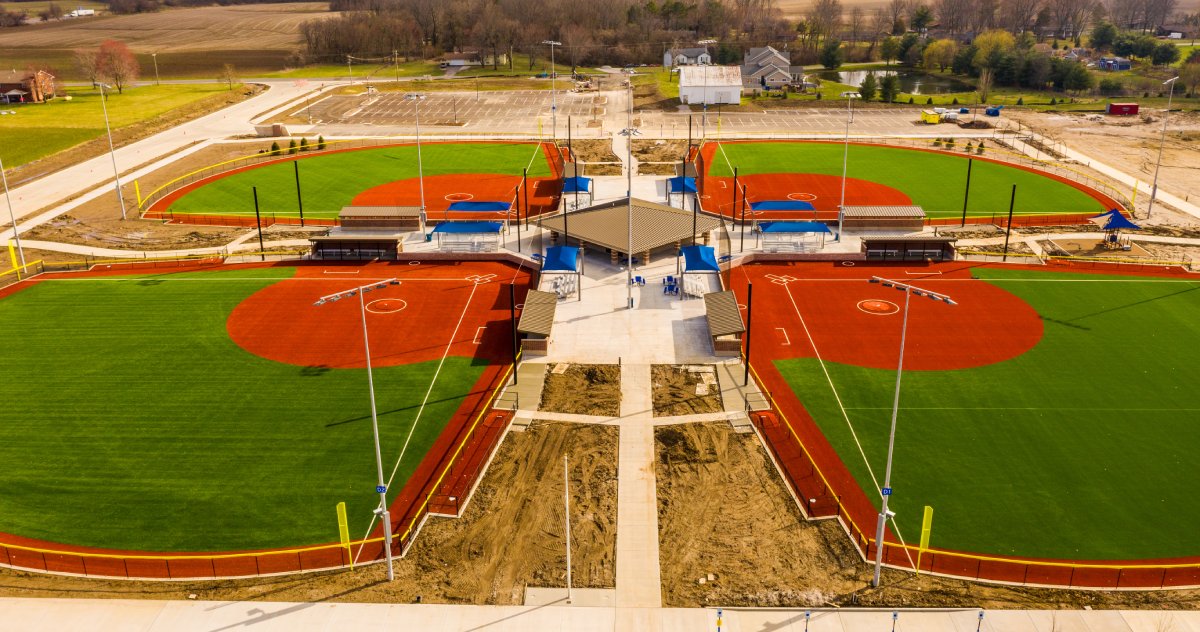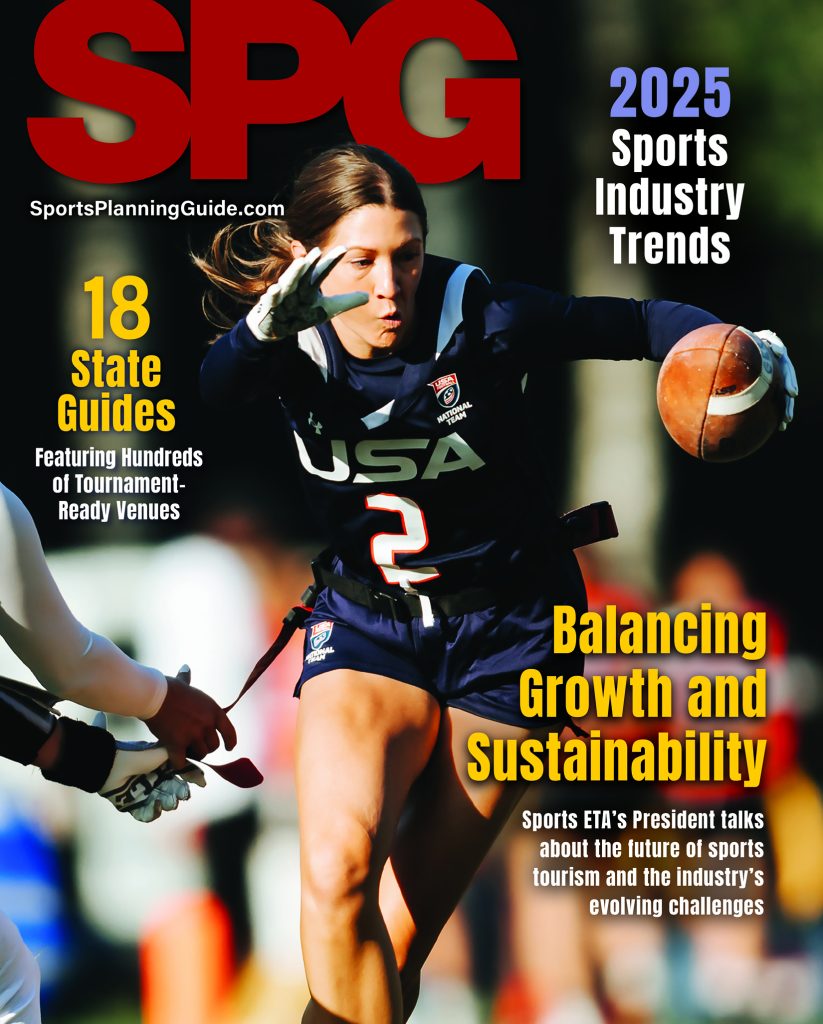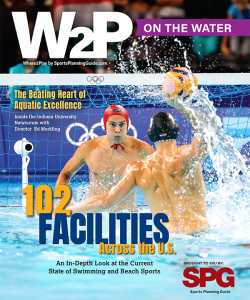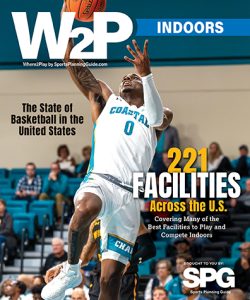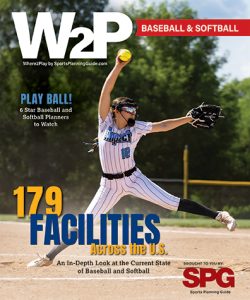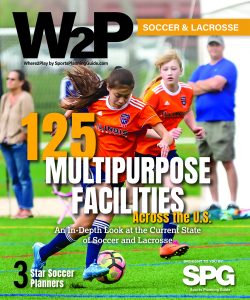An analysis by Huddle Up Group of important elements for solid grant programs
The need to have a structure and processes in place has never been more important than it is today for grant programs, and how you and your organizations deploy funds is under more scrutiny now than ever before.
Go ahead and Google “CVB president fired” and see what pops up. No, really, go Google it.
Googling those terms brings up some ugly stuff and most all of the examples are related to money. In order to cover your collective hides and those that you serve, it is imperative that there be sound practices around how funds are allocated. This is especially true when granting funds to events and event owners.
It’s quite common for a tourism bureau to have an event support fund, which most often come in the form of grants. Yet even with the widespread use of these programs, you would be surprised how often when we begin working with a destination that their grant program has no formality to it at all. This can put the leadership of the organization (both staff and board) in harm’s way.
In order to avoid even the slightest implication of impropriety, below are our recommendations for how these types of programs should be structured. Solid grant programs have the following characteristics:
Transparency
We have to lead with this one, as the lack of transparency is what can get people in hot water. The entire process needs to be outlined and promoted so all stakeholders understand the goals of the program and how decisions are ultimately made. This applies to the entire process, every step.
Set Goals
The program must specifically outline the goals of the grant funds. Are they to grow the number of overnight stays? Generate media exposure for the community? Create economic impact? Enhance community pride? All of the above? Whatever the goal of the granting agency is, put it on paper for all to see.
Formal Application
There must be a form that everyone uses to apply for grant support. Ideally, there are very few areas for the applicant to talk for long stretches about how great their event is and why they should be awarded funds. Yes give some room for that, but make the application much more static and relate the questions on the form to the goals set out by the grantee. For instance, if room night generation is the goal, the question could be, “How many new room nights will your event generate within the county, choose one” then list the options “Zero. 1-100. 101-250. 251-500. More than 500.” Don’t allow them to say, “Our event will drive significant room nights.” Make them define “significant” in the application process.

Set Timeline
There should be a finite number of dates that grant applications can be submitted. Usually there are two dates each year that an event owners can submit a grant request (example: one in the Fall and one in the Spring). Using set dates will make the bid process more efficient for you and for those that are engaged in the process, including volunteer committee members (see below).
Scorecard
There must be a formal points system (a scorecard if you will) that is used to evaluate each submission. Each of the goal areas outlined by the granting entity should be on the scorecard with specific descriptors as to how and why points are assigned to each area of an application. If driving new hotel room stays during the off-peak tourism season is key, attach points to each month that cover that time of year. If the event is in what is already your busy season, give it zero points for that goal area.
One of the destinations the Huddle Up Group works with values national television exposure very highly, thus their scorecard has a high score attached to any new event that has TV involved. Make the scorecard transparent so all potential applicants can see how you are going to grade each request.
Committee Review
Grant committees of one are a no-no. Grant committees that only include internal staff are also dangerous. This process is a great opportunity to engage community stakeholders. Put together a small group of people to help review the grant applications and all of the scorecards attached to each submission. This practice helps quite a bit with the transparency issues that have plagued numerous destinations over the years.
MOU
It is critical that a memo of understanding (MOU) be signed by the grantor and the grantee. This MOU should outline the requirements of the grant and what was agreed to between the two parties. Hopefully, you don’t have to refer back to the MOU post event, but if you do, it needs to be very specific about what success for the partnership looks like.
Follow-Up
Upon conclusion of the event that was awarded grant funds, the MOU should require the grant recipient to submit an “After Action Report.” This report should detail the event, touch on every area of the MOU, and include data on things such as number of athletes, number of spectators, hotel rooms consumed, projected economic impact, etc. This report and gathering the data that goes into it are the responsibility of the grantee, not the grantor.
50/50
Best practice for the distribution of funds is to give 50% of the awarded funds at the time of signing the MOU, and the second half after the After Action Report has been provided by the grantee. The grantor shouldn’t be chasing after hotel pick-up reports and event information about participants, that should all be provided by the grantee as part of the MOU.
Note that one destination the Huddle Up Group works with has a “claw back” clause that says if the grant recipient doesn’t file the After Action Report, the grantor can come after them for the original 50% they granted out — now that is structure.

In addition to the blocking and tackling elements outlined above, grant processes should also have some, if not all, of these elements:
New Business
Grant programs are for new business development and should not become subsidies for long-standing events.
Duration
Best practice for granting funds is to put them on a three-year program. Year one funds serve as seed money to get the event up and going. Year two grant half of the original amount. Year three grant 25% of the original year one amount. Year four the event should be able to stand on its own.
Grantee Exposure
While we don’t like the word “sponsorship” that many tourism entities use for their grant programs, the MOU should provide for certain sponsorship-like elements. The grantee should expect to be given branding exposure at the event, the ability to promote the destination to the participants or fans in advance of the event, high visibility during the event through social media and traditional media channels, etc.
While these are marketing elements that are more in tune with a sponsorship deal, we don’t like the term “sponsorship” in this grant process for one reason. When the word “sponsorship” is used, the grantees tend to treat the granting entity like a piggy bank. Replace “sponsorship” with “partnership” if you don’t want to use the term “grant.” A two-way partnership is what we are shooting for anyway.
Put the right structure in place to 1) cover you and your organization legally, and 2) to make sure the funds you put into the marketplace have the best chance to drive meaningful ROI to your organization and the communities you serve.
By Jon Schmieder
About the author
Jon Schmieder is the founder and CEO of the Huddle Up Group LLC, a sports industry consulting company led by award winning executives. Schmieder has 25 years of experience in leading sports tourism and events organizations through strategic growth and increased community collaboration. The Huddle Up Group has worked with more than 250 sports organizations and destinations on over 150 strategic projects. In 2017, the Huddle Up Group was given the Superior Service Award, the highest honor a consulting firm can earn from the National Association of Sports Commissions. Get in touch with the Huddle Up Group via Jon@HuddleUpGroup.com or phone at (602) 369-6955. To receive the weekly “Monday Huddle Up” visit the Huddle Up Group or sign up directly.
© Huddle Up Group, 2023

